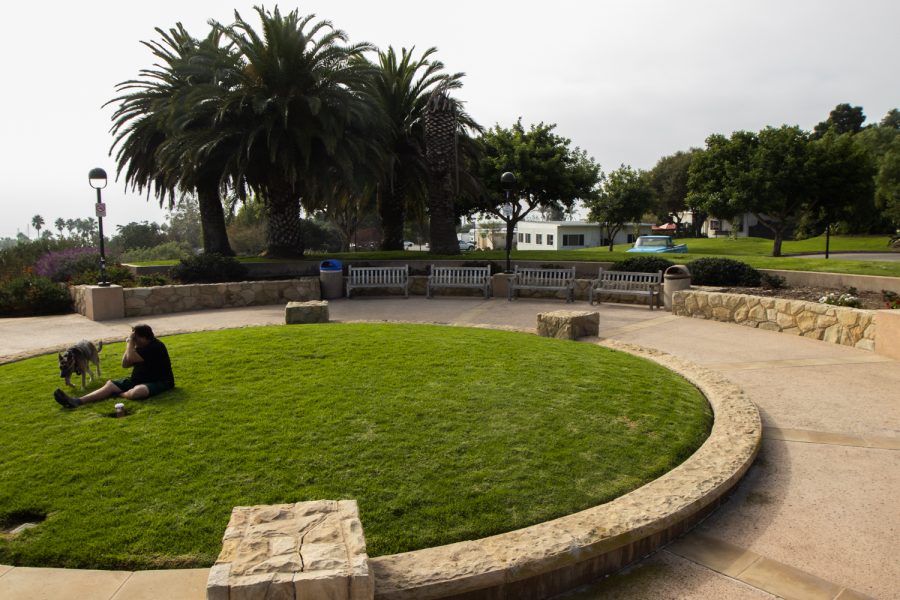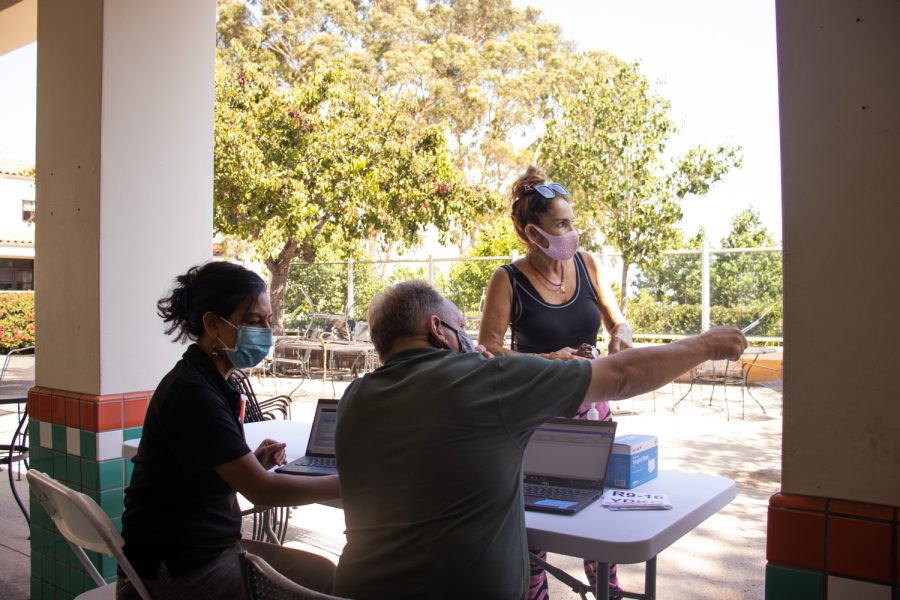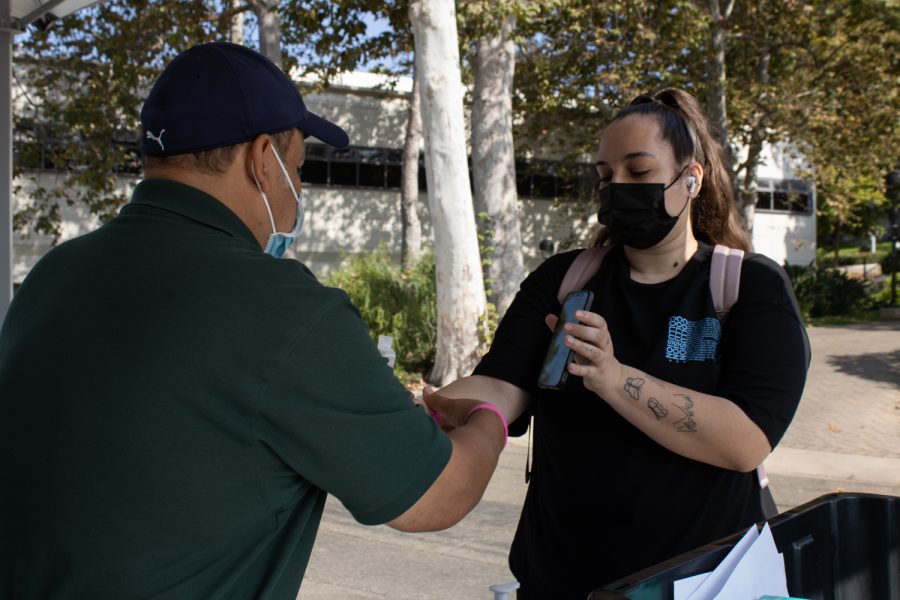From crystal clear waters coursing through the canals of Venice to wild animals reclaiming the now barren streets of once bustling metropolises, it seems that nature has found respite amidst the waste COVID-19 has laid upon humanity.
As more and more countries move towards total lockdown in order to curb the spread of the virus, the planet has seen a drastic decrease in environmental footprint the human race is leaving in real time.
Mandatory shelter-in-place orders mean less cars on the road, less planes in the air and less pollution from big manufacturers.
With the increase of people across the globe staying inside their homes, less carbon emissions are released into the atmosphere.
“Overall there is a decline in resource and energy use and the resulting emission of CO2,” said Adam Green, a biology and environmental studies professor at City College. “Even though more people are at home using energy, the decline in commercial energy use is larger than the increase in residential energy use.”
An online air quality tracker designed by Jordan Wildish, a project director at Earth Economics, shows that in Los Angeles, average hazardous emissions have decreased by 25% when compared to last year’s data set.
Other large cities in the U.S. like San Francisco and New York have also followed the trend, with emissions declining by roughly 11% and 15% respectively.
In Germany, an estimated 50-120 million less tons of carbon dioxide is predicted to be discharged over the course of the year, largely attributed to the economic slowdown induced by the pandemic.
“The virus has forced us to live smaller, less industrious, less material focused lives,” said Jenna Rolle, an earth and planetary sciences professor at City College. “Emissions across the board have notably decreased.”
However, the drastic dip in emissions isn’t expected to be permanent.
“Several things will likely result in a significant uptick in energy use and CO2 emissions once the stay at home orders are lifted,” said Green.
Citizens sheltering in place will be itching to go back to their normal lives and normal activities that go along with them, like travel and and work. Green also said the rush to regain economic growth will be an “acceleration of this effort.”
“In essence, the environment will be sacrificed for the economy at an increased rate,” he said.
The coronavirus has been affecting the environment in more ways than just lowering gas emissions, too.
As people take refuge in the comfort of their own homes, streets, waterways and other heavily trafficked areas remain vacant.
Although the viral videos of dolphins appearing to frolic through Venetian canals and stories of a gang of elephants getting drunk in a field on corn wine in China turned out to be false, animals not normally found in such close proximity to humans have been slowly sauntering out of the fold.
India, the world’s most densely populated country, recently self-imposed a 21-day lockdown in efforts to slow the virus’s spread among the country’s 1.3 billion citizens.
Already, the streets have been refilled with life.
Monkeys, endangered malabar civets and even a massive Indian bison or gaur have all been captured on film, casually roaming the now empty streets.
A puma has been spotted in Santiago, Chile, on the prowl for a meal. Wild boar out for a nighttime stroll have been observed in Sassari, Sardinia.
And surely as society regains its footing, emissions will begin to rise once again and the animals will go back from whence they came.
“These current, unique circumstances have shown us that with, without, or lessened human input into the system we can expect pretty drastic fluctuations for good or bad,” said Rolle.
This deadly pandemic has given humans more of an understanding of their direct impact on the environment.
“I hope all of these external factors will cause people to re-evaluate and re-prioritize value in their lives,” Rolle said. “For the long term health of ourselves, humanity, and our planet, I hope life will be a very high priority on that list.”
















![Milton Alejandro Lopez Plascencia holds a flag showcasing the United States and Mexico on Feb. 7 in Santa Barbara, Calif. “It’s heartbreaking to see what is happening all across the country,” Lopez Plascencia said. “I [want] my voice to be heard by the community.”](https://www.thechannels.org/wp-content/uploads/2025/05/MGSImmigration-1-1200x800.jpg)




